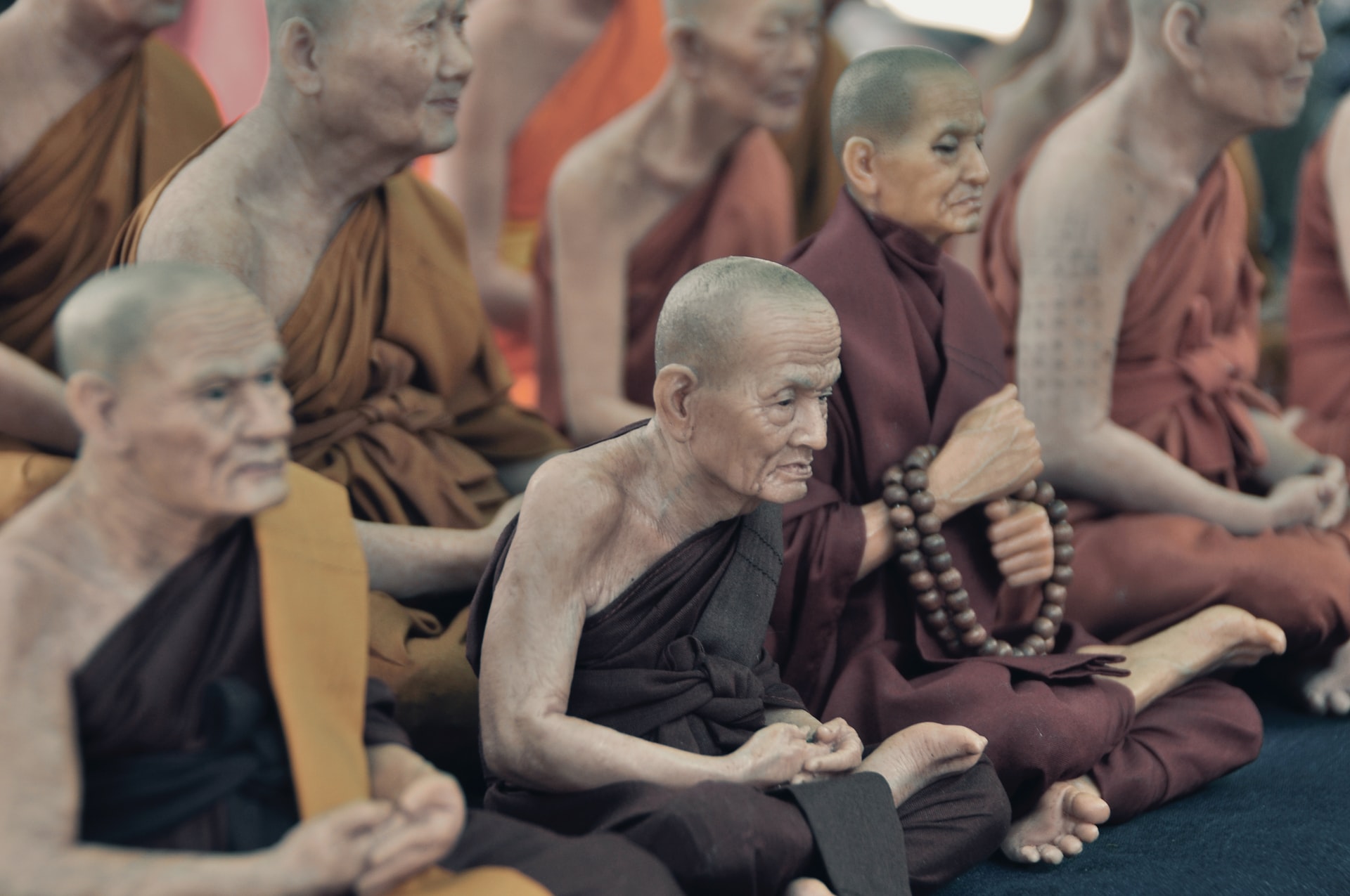
In a 1967 lecture, Michel Foucault famously said that whereas the 19th century had been controlled by a focus on history and time, today period was noted by a look to space: “we are in the epoch of concurrence: we are in the epoch of association, the epoch of the far and wide, of the side-by-side, of the dispersed” [” Of Various other Rooms,” Diacritics 16:1 (1986)] Throughout Hilary and Trinity 2019, the Abrahamic Seminar assembled both far and wide, in Oxford as well as Be’er Sheva, Israel, taking a look at the theme of “spiritual space in the Abrahamic religions.” The meetings at once attended to a few of the questions signalled by Foucault and showed that such a fixation with area is far from a solely 20th century sensation.
Assembled by Professor Anna Sapir Abulafia and Dr Martin Whittingham, the Abrahamic Seminar began with weekly Hilary lectures as well as discussions, led by both Oxford academics as well as visitor audio speakers. The presentation subjects ranged from the spatial images in Augustine’s believed to a financial analysis of the intersecting class structure of Muslim shrines in Pakistan. This variety was mirrored by the research study interests of the taking part DPhil and Master’s students, that came from departments extending Faith and also Religious beliefs, Background, English, Classics and also the Oriental Institute. Examining the multiple levels on which room functions– from the embodied to the visualized– the team examined what it truly indicates to share room; from inter-religious circumstances of area centers offering different gendered groups, to the intra-religious “competitive sharing” of opposed sacred websites.
In Trinity term, the team took a trip to Be’er Sheva to join a workshop with the Center for the Study of Conversion and also Inter-Religious Encounters at Ben Gurion College of the Negev. Across 2 complete days, the DPhil trainees from Oxford provided presentations alongside fellows of the Facility, in which numerous usual strings developed. A rich interdisciplinary online forum, the workshop raised questions on subjects such as the function of time within sacred space, and just how viewpoint both problems and also curtails what might be seen of a given area. Such discussions of the notion of point of view, as well as a number of discussions exploring spiritual encounters with specific spiritual websites in Jerusalem, additionally guaranteed that the workshop prepared the team for the wrapping up occasion, a day see to Jerusalem led by Teacher Jackie Feldman, a scholar of expedition as well as tourism.
Foucault’s summary of the contemporary spatial awareness concerning associations of the “far and wide” and also “alongside” might well be taken part in analysis of the fantastic gulfs in between geographically proximate sites in Jerusalem, as well as the distinctive courses mapped throughout it by varied religious communities. Our experiences in Jerusalem were not limited to the horizontal measurement however, yet also invited awareness of the profound verticality of the city, from the historical overlaying of different spiritual sites, to the looming height of the Temple Mount and also the multiple domes and spires dotting the landscape. The day in Jerusalem animated most of the concerns that had taken shape throughout our discussions across the coming before days and also months, not the very least how the multi-dimensionality of spiritual area is something created by human bodies, behaviors as well as creative imaginations in time.